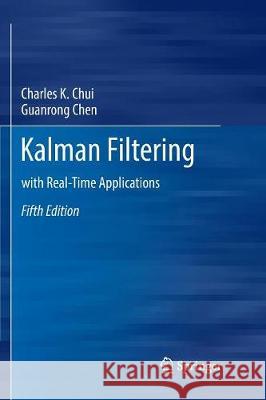Kalman Filtering: With Real-Time Applications » książka
topmenu
Kalman Filtering: With Real-Time Applications
ISBN-13: 9783319837802 / Angielski / Miękka / 2018 / 247 str.
Kalman Filtering: With Real-Time Applications
ISBN-13: 9783319837802 / Angielski / Miękka / 2018 / 247 str.
cena 192,30 zł
(netto: 183,14 VAT: 5%)
Najniższa cena z 30 dni: 191,40 zł
(netto: 183,14 VAT: 5%)
Najniższa cena z 30 dni: 191,40 zł
Termin realizacji zamówienia:
ok. 20 dni roboczych.
ok. 20 dni roboczych.
Darmowa dostawa!
Kategorie BISAC:
Wydawca:
Springer
Język:
Angielski
ISBN-13:
9783319837802
Rok wydania:
2018
Wydanie:
Softcover Repri
Ilość stron:
247
Waga:
0.38 kg
Wymiary:
23.39 x 15.6 x 1.42
Oprawa:
Miękka
Wolumenów:
01
Dodatkowe informacje:
Wydanie ilustrowane











